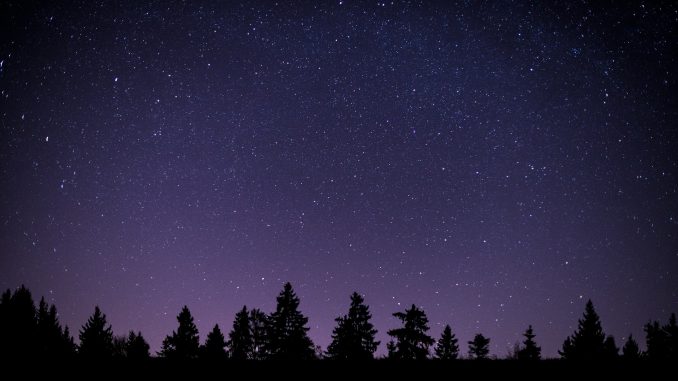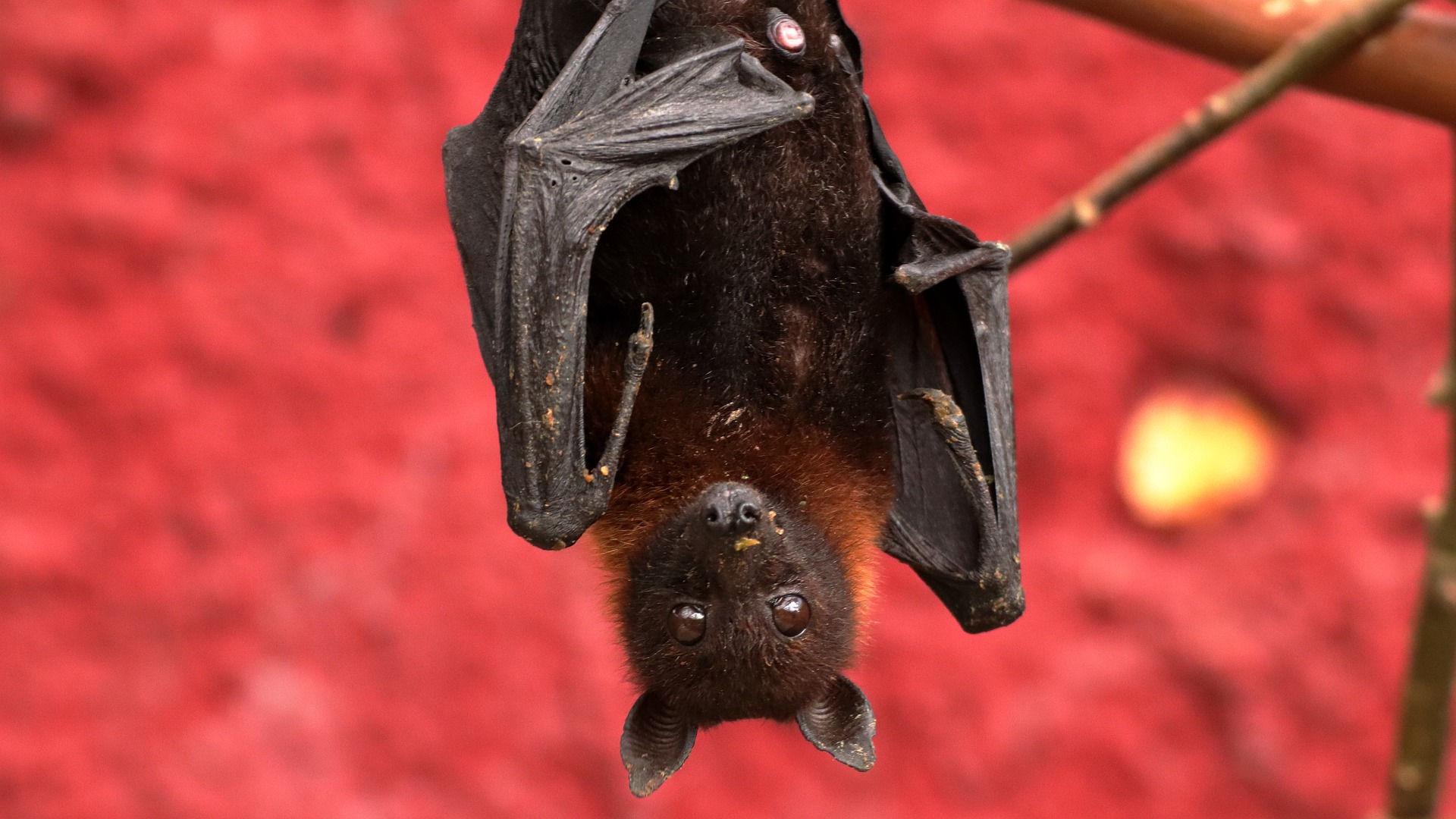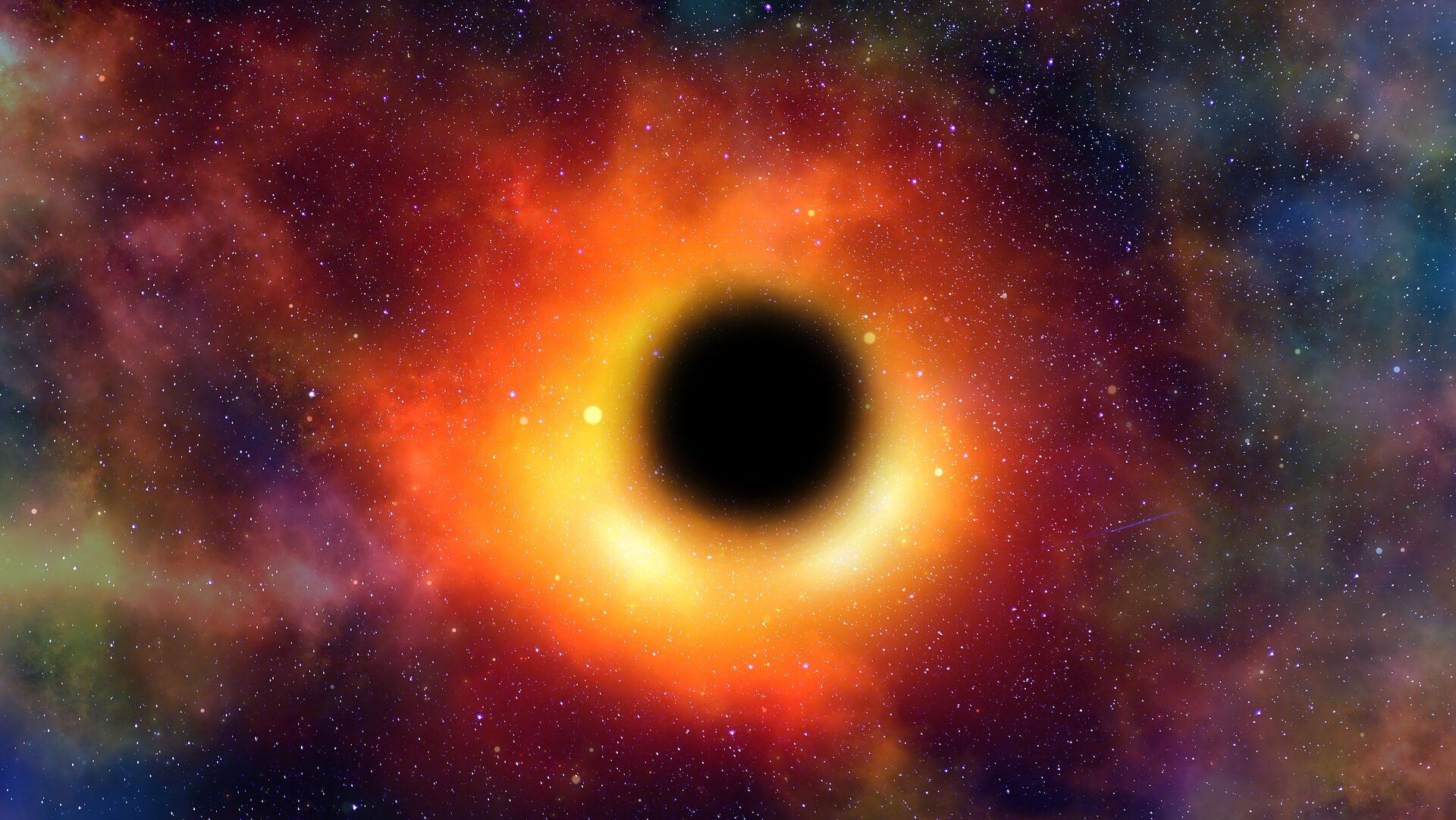Reading Time – 10 minutes, Difficulty Level 4/5
Surely this is the most simple question imaginable? Everyone knows why it gets dark at night don’t they?
Actually, it’s not quite as simple as you may think and it took modern science over 200 years and the writing of General Relativity to truly answer this question.
Great balls of fire

The Earth rotates on its axis once every 24hrs or so. The side facing the sun experiences day and the side facing away experiences night.
Therefore it gets dark at night because of the absence of sun light. True in part, but what of the billions of stars astronomers tell us are in the universe? More stars than grains of sand on every beach and every desert.
The number is vast. The best estimate is 200 billion trillion stars or 200 sextillion.
Written down that number looks like this: 200,000,000,000,000,000,000,000
or 2 × 1023 if you prefer.
With this amount of stars in the universe our night sky shouldn’t be dark at all. It should be shimmering brightly with the power of 200 sextillion distant suns. Yet, it isn’t. It remains mostly dark and black.
This is called ‘Olbers’ Paradox‘ if you want to read up on it.
Thumbs and arms
Let’s do some thinking.
Imagine taking a small patch of sky, perhaps the size of your thumbnail, which held at arm’s length is about the size of the full Moon. Try it next time you’re looking at the night sky and you’ll find you’ll be able to block the Moon out of the sky with your thumb.
We are all well aware that in reality the Moon is a lot bigger than your thumb. In fact, if I assume my thumbnail is roughly circular and about 1.5 centimetres across, I could fit 50,000,000,000,000,000 of my thumbnails on the surface of the Moon!
The reason my single thumbnail can block out the whole Moon an arm’s length away from me on Earth, is all down to perspective. If we imagine that my arm could grow to twice its length, then at twice the distance away it would take four of my thumbnails to block out the whole full Moon. Twice the distance again and it would take sixteen thumbnails.
Now if extending arms wasn’t enough of a stretch for you, imagine that my thumbnail also glows. The closer it is to me, the brighter it will appear. The further away it is, the fainter it will be. This is something we’re all familiar with from crossing roads at night – judging how far away a car is by how bright its headlights appear. Astronomers have known for a long time how much fainter things get with distance, and as with perspective it depends on the square of the distance.
So if we go twice as far away, things get four times fainter, because 2² = 2 x 2 = 4. Three times further away, things get nine times fainter. Ten times further away, a hundred times fainter. So, if we go back to my glowing thumbnail on my extendable arm – at double the length of my arm, I’m going to need four glowing thumbnails to block out the Moon, but they’re going to be four times fainter. So the two effects cancel out to give you four thumbnails as bright as the thumbnail only one arm’s length from you.
Now imagine taking this to 100 times my arm length, where we’d have 10,000 thumbnails, which would be 10,000 times fainter and yet still as bright as a single thumbnail at one arm’s length – and so on until infinity.
Glowing thumbnails might be a slightly tenuous analogy but I like it, because imagine that instead of a glowing thumbnail we’ve got a star, and instead of an arm’s length we’ve got a light year.
Even with these much larger objects and distances, the same truths hold as with the glowing thumbnail. If I have one star in a patch of sky at one light year away, I would have four in the same patch at twice the distance, which would be four times fainter.
Now imagine this across the whole sky. A sky which is homogenous, the same in all directions, and infinite. At every single light year step, in any direction we look, we’d have the same amount of brightness as a single star only a light year away. And with infinite number of light year steps the night sky would be blindingly bright! So why is the sky dark?
The answer is that it takes light time to get to us, travelling at its set speed limit – it follows that we can only see the light of stars that have had enough time to get to us since the beginning of creation.
The Big Bang
We now know that the Universe was created in the Big Bang 13.8 billion years ago, so because light will take time to reach us, there will be an ‘observable universe’ beyond which we are blind and we can’t see any stars.
But the other thing we know from the theory of the Big Bang is that the Universe is not infinite. It has a finite size. So not only will light take time to reach us, but we won’t have an infinite number of light year steps along a single line of sight. As a result, we won’t have the infinite number of stars needed to make the night sky bright.
At the same time we must remember that the Universe is always growing, because space itself is expanding. This expanding of space stretches the light waves travelling across it. The further light travels in the Universe, the more it gets redshifted.
But space has expanded so much that all of the visible light from the most distant things in the Universe has been stretched beyond visible red light into infrared and even microwaves. These waves are no longer visible to our human eyes and so the true brilliance of the night sky is, in reality, entirely hidden from us.
This is why it gets dark at night. It really has very little to do with our sun at all.
I’m the founder of The Average Scientist and also an Astrophysicist, a passionate Science Communicator and elected Fellow of the Royal Astronomical Society.
I regularly speak at various events, including our TAS Talks and theatre shows on subjects such as Astrophysics, Planetary Science and the Evolution of the Universe.









3 Comments
That’s mind boggling. It’s also interesting to think that as the Universe expands and everything is moving away from us, surely the night sky will only get darker. In fact, if us mere humans survive this planet long enough, future generations may only read about stars in books.
Absolutely Martin. There is also a theory called ‘The big rip’ where the expansion of space becomes so great the fabric of spacetime isn’t able to withstand the overwhelming force of the expansive rate and is quite literally ripped apart. Such an event could take as little as one hour to decimate Planet Earth atom by atom. In another bleak future the dark and quiet universe is patrolled only by supermassive black holes and the remnants of smaller dead stars called brown dwarves not massive enough to maintain nuclear fusion. Whoever said ‘the future is bright’ definitely wasn’t an Astrophysicist!
Well, that’s super creepy to learn about The Big Rip.
But what a great article!